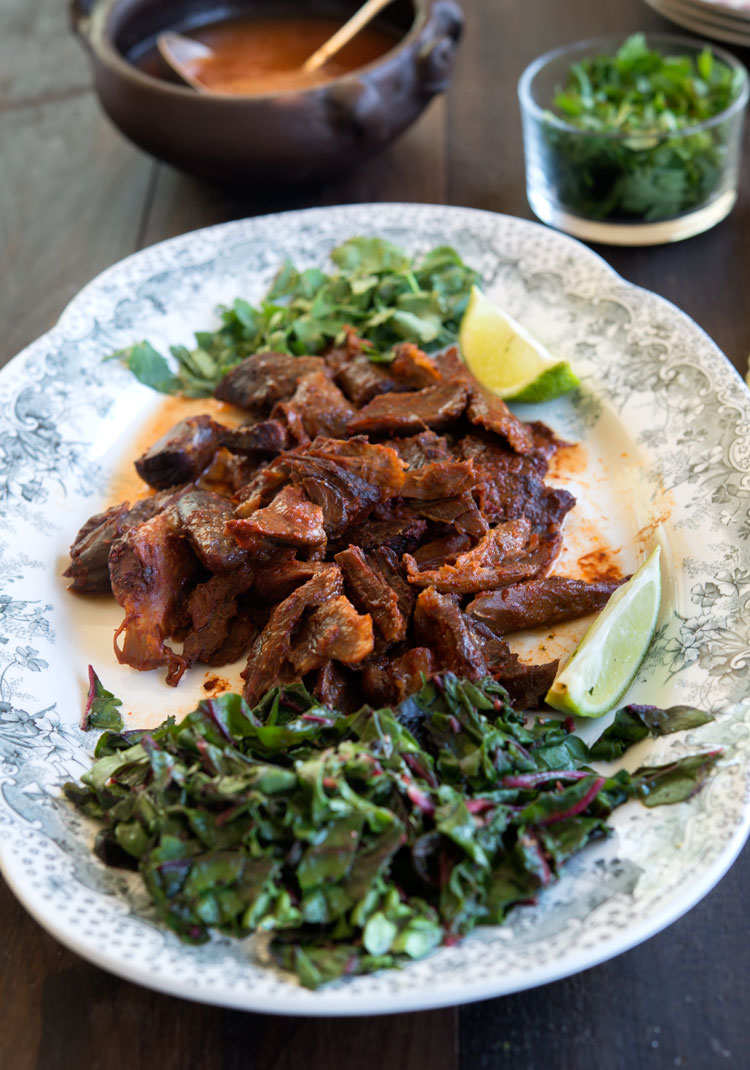
There was a time, just a few years back, when cooking meat intimidated me and was completely outside my comfort zone. But now, I find myself seeking out the often overlooked and underappreciated parts/pieces, such as liver, heart, and cheeks, to experiment with at home. In the past, would have been intrigued by goat (and have enjoyed it out on several occasions), but as far as preparing it myself, thought it was best left to the professional chefs of the world. As with most things in life, the more you do something, the less intimidating it becomes.
The goat comes from Many Rocks Farm in Keedysville, MD (hoping to take a trip out to their farm soon). You can also find them at the Silver Spring, MD, Farmers’ Market on Saturdays. They raise primarily Kiko goats, which are naturally lean and very high in protein and iron, and have a nutritional profile similar to that of venison or bison. Goat is fairly mild in flavor (along the lines of dark cuts of chicken), but with a meatier texture. Not sure that description does this great tasting goat justice, so best to try it yourself.
In addition to pasture-raised goat, Many Rocks Farm raises heritage ducks and chickens, as well as Mulefoot pork, a rare, heritage pig on the verge of extinction. If you’re looking for that “other white meat” you won’t find it in Mulefoot. On the contrary, Mulefoot is nothing like factory-farmed pork. It’s darker, more heavily marbled with fat, juicier, and richer-tasting. It’s simply delicious!
A bit on heritage breeds and heirloom crops…
Heritage breeds and heirloom crops are traditional livestock breeds and plants that were raised by farmers in decades past, before the drastic reduction of breed/crop variety caused by the rise of industrial agriculture.
“Within the past 15 years, 190 breeds of farm animals have gone extinct worldwide, and there are currently 1,500 others at risk of becoming extinct. In the past five years alone, 60 breeds of cattle, goats, pigs, horses and poultry have become extinct.” Read more here.
Luckily there is hope, thanks to a new generation of farmers who are committed to once again raising/growing these breeds and plants. If consumers like you and me start buying and preparing these heritage foods, we help to ensure their survival. So, am (happily) just doing my part 🙂
Today, goat tacos…
Goat tacos immediately came to mind, and who better to turn to when you need a little advice on Mexican cooking than the one and only Rick Bayless. He’s never let me down…a long, slow braise renders the goat shanks fall-off-the-bone tender.
First, you make a marinade with dried chiles (used a combination of moderately spicy guajillos and milder, fruity, raisiny anchos). The goat is marinated overnight and then steamed for several hours, until very tender, in a dutch oven. The juices that accumulate at the bottom of the pot are then turned into a tasty sauce, which is drizzled over the cooked meat.
The smoother, shiny chiles on the left are moderately spicy guajillos; the wrinkly ones on the right, mild, raisiny anchos. You can use all guajillos or a mixture of guajillos and anchos.
Slow Steamed Goat — Birria de Chivo de Carnero
Recipe from Rick Bayless
One 5 pound piece young goat, preferably a hind-quarter OR 1 3-pound bone-in lamb roast from the shoulder or butt-end of the leg (I used goat shanks, see note below)
12 large (about 3 ounces total) dried chiles guajillos (or combination anchos and gualjillos), stemmed, seeded, de-veined, and flattened
6 garlic cloves, unpeeled
3 tablespoons cider vinegar
A scant 1/4 teaspoon cumin seeds (or a generous 1/4 teaspoon ground)
A scant 1/2 teaspoon black peppercorns (or about 3/4 teaspoon ground)
1 teaspoon salt
2 teaspoons sugar
1 ripe, large tomato, roasted or boiled, cored and peeled OR 3/4 of a 15-ounce can tomatoes, drained
1 teaspoon oregano
1 small onion, chopped into 1/8-inch dice
2 to 3 tablespoons cilantro, coarsely chopped
2 limes, quartered
Trim any fat off the goat. Place the goat in a large dish to marinade.
Toasting and Rehydrating the Chiles: Heat a griddle or heavy skillet over medium. Toast the chiles one at a time, pressing them flat against the hot surface with a metal spatula until they crackle and blister, about 10 to 12 seconds per side. Place them in a bowl, cover with boiling water, weight with a plate to keep them submerged, and soak 30 minutes. Roast the unpeeled cloves of garlic in the hot skillet, turning frequently, until soft inside and blackened outside, about 15 minutes. Cool and peel.
Making the Chile Paste: Drain the chiles and place in a blender jar with the garlic and vinegar. Pulverize the cumin and peppercorns in a mortar or spice grinder, and add to the blender along with the salt and ¾ cup water. Blend until very smooth. Strain the chile paste through a medium-mesh sieve. Remove ½ cup of the paste, stir in the sugar to the reserved ½ cup, cover and set aside for the final glazing. Spread the remaining chile paste over the meat, cover and refrigerate for at least 4 hours or, preferably, overnight.
Steaming the Goat: Preheat the oven to 325 degrees. Set a roasting rack into a deep, wide stockpot or Dutch oven; if the rack doesn’t sit at least 1 inch above the bottom of the pot, prop it up on custard cups, tin cans, or the like. Measure in 3 cups of water, then lay the marinated meat on the rack and spread any remaining marinade over it. Bake for 3 hours, until very tender.
Finishing the Broth: Remove the goat from the pot. Take out the rack (or custard cups), skim the fat from the broth. Measure out 1 quart (4 cups) of broth; if there is not one quart of broth, add water to obtain one quart. Pour the broth into a small saucepan. Puree the tomato in a blender, add it to the broth along with the oregano, cover and simmer over medium-low heat for 20 minutes. Season with salt.
Glazing and Serving the Goat: Shortly before serving, remove the meat from the bones, keeping the pieces of meat as large as possible. Set the meat on a baking sheet, brush lightly with the reserved chile-paste glaze, then bake for 10 minutes to set the glaze.
Either present the meat on a large platter and pass the warm broth separately, or slice the meat across the grain and serve it in deep plates, in the broth. Serve with corn tortillas, chopped onions, cilantro, and wedges of lime (I also sautéed a side of chard).
Note: My goat shanks weighed just over 2 pounds and took about 2 1/2 hours to cook. I decided to make the full amount of sauce/chile paste since it’s so delicious and versatile, though you may not need it all depending on how much goat you wind up buying. Any leftover chile paste would make a superb marinade for chicken. I opted to use the leftover broth as the base for a rather tasty soup.
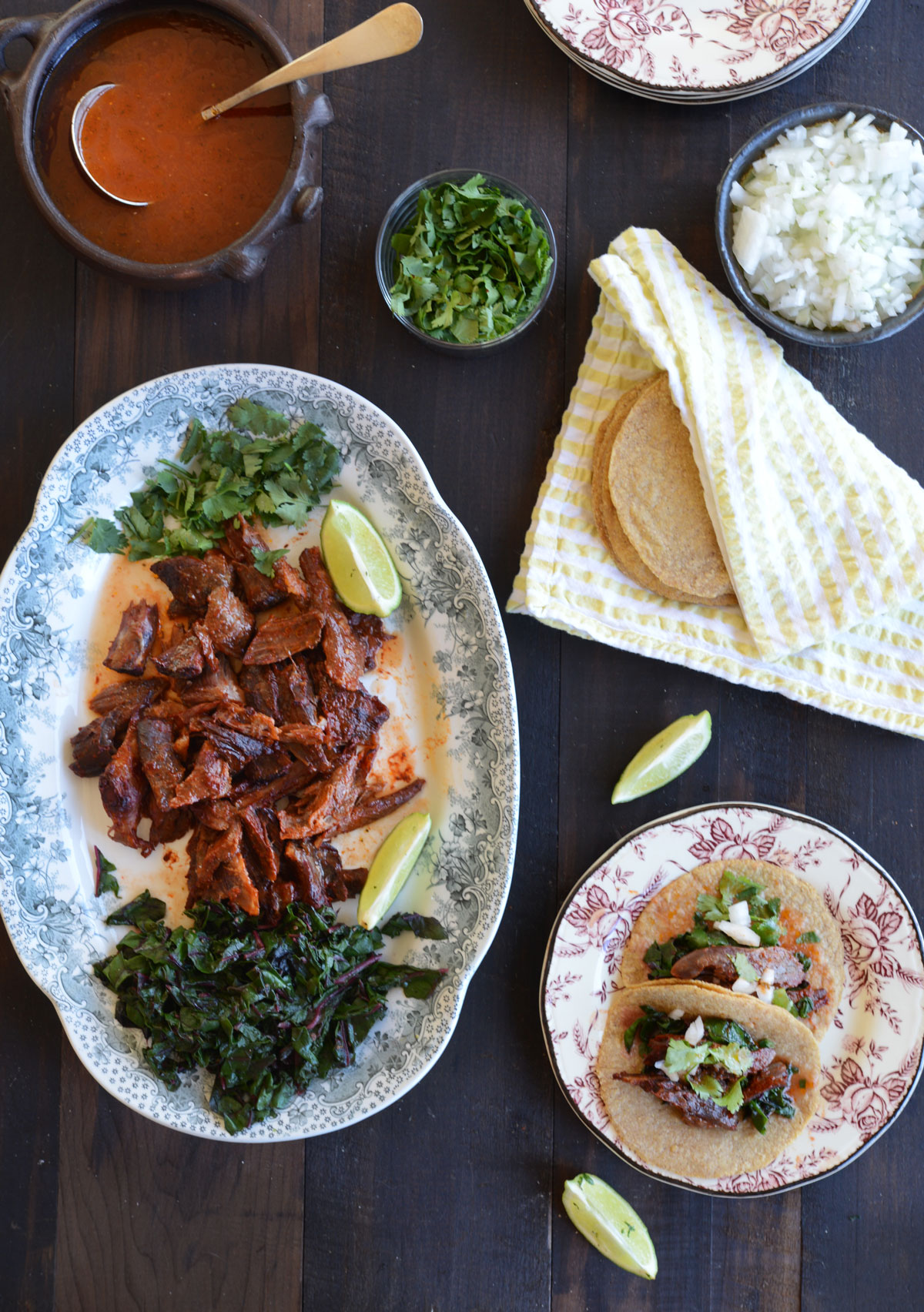





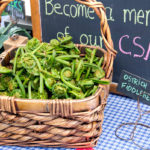
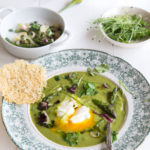
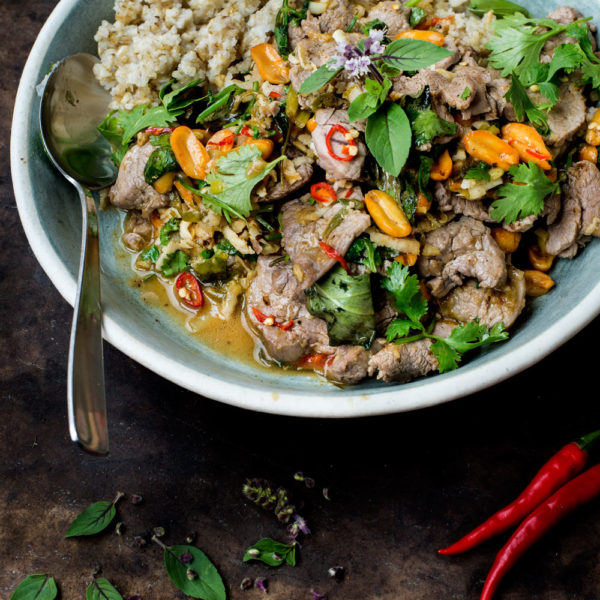
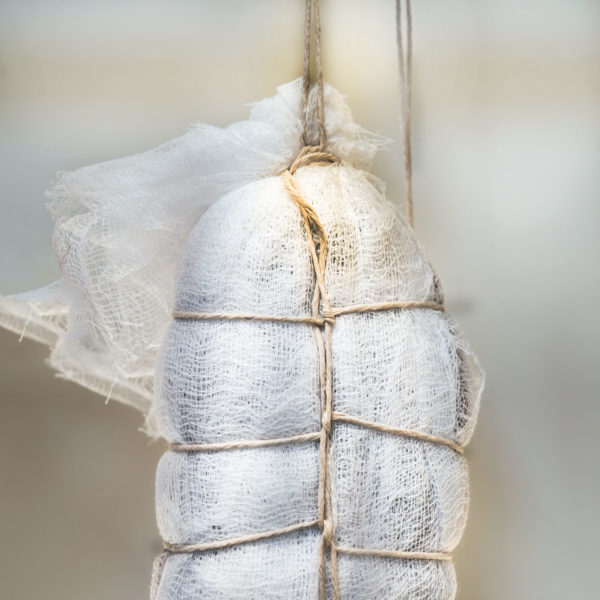
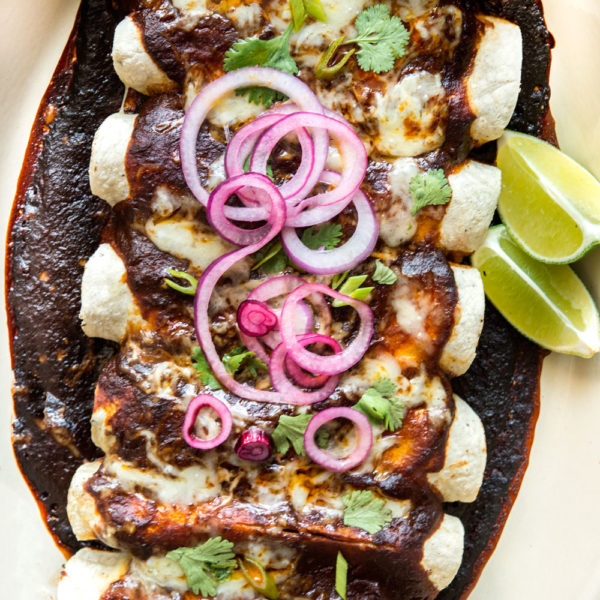


4 comments
Ewa
I'm sure your goat tacos were great, but next time you're in Chicago, we'll take you to a local taqueria that sells goat tacos for $2.5 and they are AMAZING!
Ewa
I'm sure your goat tacos were great, but next time you're in Chicago, we'll take you to a local taqueria that sells goat tacos for $2.5 and they are AMAZING!
Wild Greens and Sardines
Ewa, have you been here? http://www.birrieriazaragoza.com. All they do is goat tacos and they're really good!
Wild Greens and Sardines
Ewa, have you been here? http://www.birrieriazaragoza.com. All they do is goat tacos and they're really good!